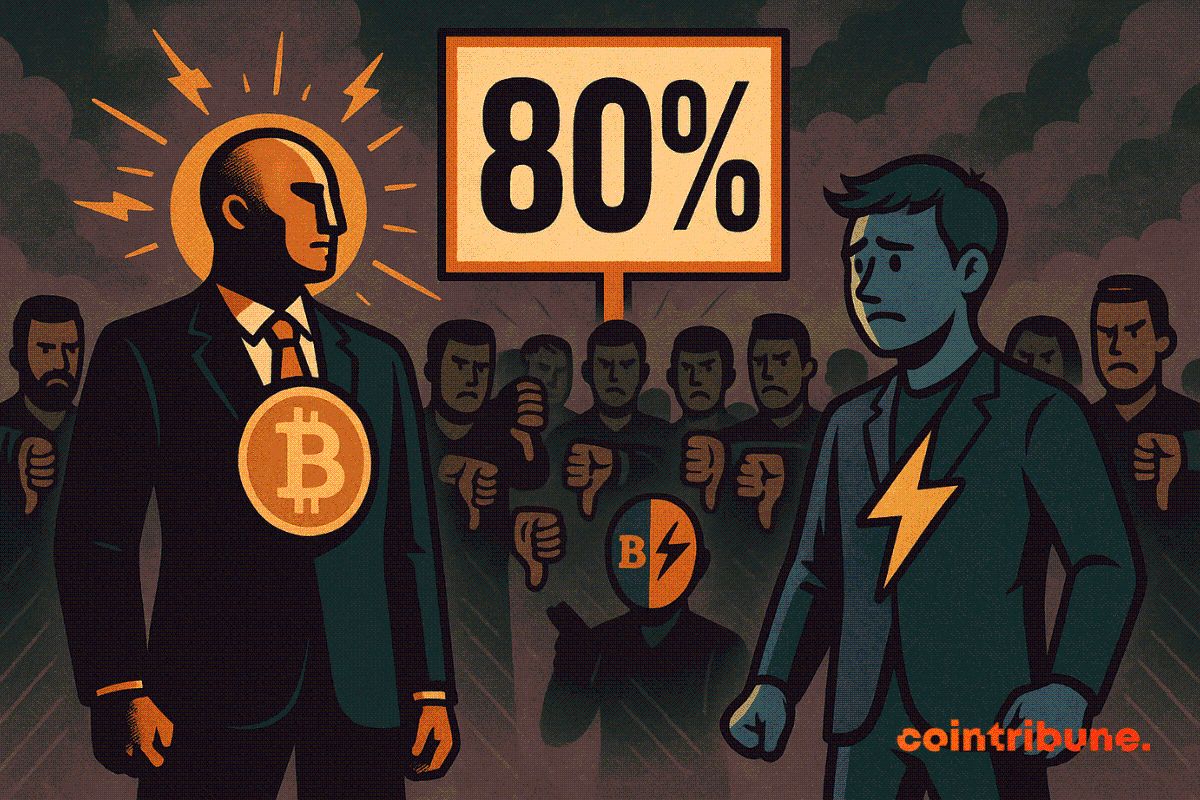Yen-backed Stablecoin Initiative May Challenge the Dollar’s Leading Role in Digital Finance
- JPYC, Japan's yen-pegged stablecoin issuer, plans to allocate 80% of 10-trillion-yen token proceeds to JGBs, aiming to fill gaps left by BOJ's stimulus tapering. - The strategy could reshape Japan's bond market as BOJ reduces its 50% JGB ownership stake, with JPYC CEO predicting global adoption of stablecoin-driven government bond demand. - Japan's FSA supports innovation through sandbox programs, including a pilot with major banks , while regulators warn stablecoins might divert funds from traditional b
The issuer behind Japan’s JPYC stablecoin is setting its sights on becoming a key force in the nation’s government bond sector, unveiling plans to make substantial investments in Japanese government bonds (JGBs) to support its yen-linked digital currency. The firm intends to release stablecoins worth 10 trillion yen (approximately $66.32 billion) over the next three years, with 80% of the funds directed toward JGBs and the remaining 20% placed in bank deposits, guaranteeing that tokens can always be exchanged for yen, according to
Noritaka Okabe, CEO of JPYC, believes that stablecoin providers could step in to fill the void left by the BOJ’s reduced bond buying, emerging as major purchasers of JGBs as interest in yen-based digital assets rises. “Authorities might attempt to regulate the types of bonds stablecoin issuers acquire, but controlling the total amount they hold would be difficult,” Okabe remarked, adding that this development “will be seen globally,”

Nonetheless, there are hurdles to overcome. Policymakers have expressed worries that stablecoins might draw funds away from traditional banks, potentially weakening their role in international payment networks, as mentioned in the
Looking forward, JPYC may transition from focusing on short-term JGBs to longer-term bonds if yields remain favorable and investor interest increases, as reported in
Disclaimer: The content of this article solely reflects the author's opinion and does not represent the platform in any capacity. This article is not intended to serve as a reference for making investment decisions.
You may also like
AI-Blockchain Leaders Falter While Presale Pioneers Transform the Investment Scene
- AI-blockchain convergence drives high-return investments via AI analytics, tokenized assets, and scalable infrastructure, attracting retail/institutional capital. - C3.ai faces 50%+ stock decline and $116M losses, exploring strategic options after founder's departure, with potential buyers including defense/enterprise giants. - SoundHound AI reports 68% YoY revenue growth to $42M, leveraging voice-first tech and enterprise automation to narrow losses and target 2026 breakeven. - Presale projects like IPO

U.S.-India Trade Agreement Strikes a Balance Between Strategic Interests and Energy Relations
- U.S. and India near trade deal to cut tariffs (15-16%) and reduce India's Russian oil imports, easing tensions. - Agreement aims to boost bilateral trade to $500B by 2030 while addressing U.S. concerns over India's Russian energy ties. - India seeks WTO-compliant steel/aluminum export terms, balancing U.S. strategic goals with its energy security priorities. - Deal could inject $250-350B liquidity globally, weakening the dollar and boosting crypto markets like Bitcoin .

Is the Lightning Network Losing Steam? The Numbers Raise Questions

Luxren Capital Review 2025: Is This Broker Worth Your Trust, Time, and Money?